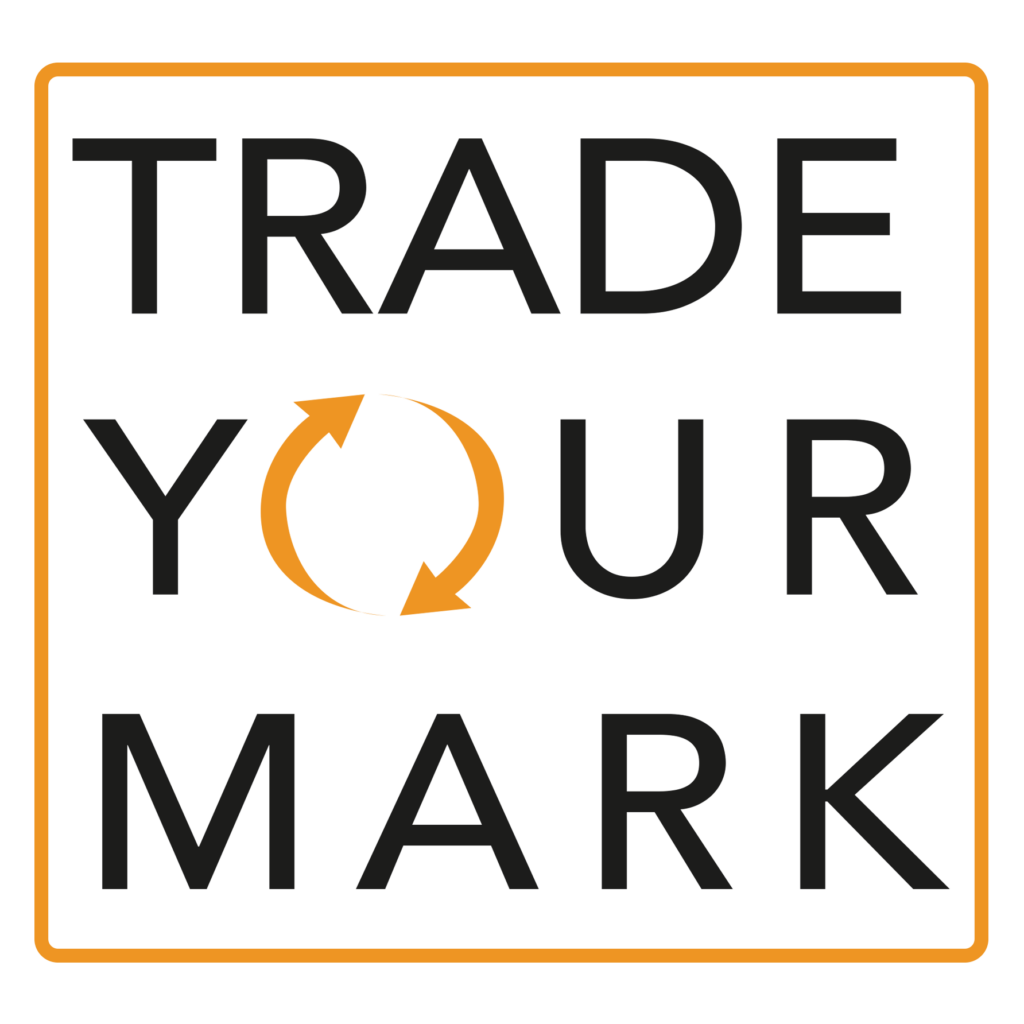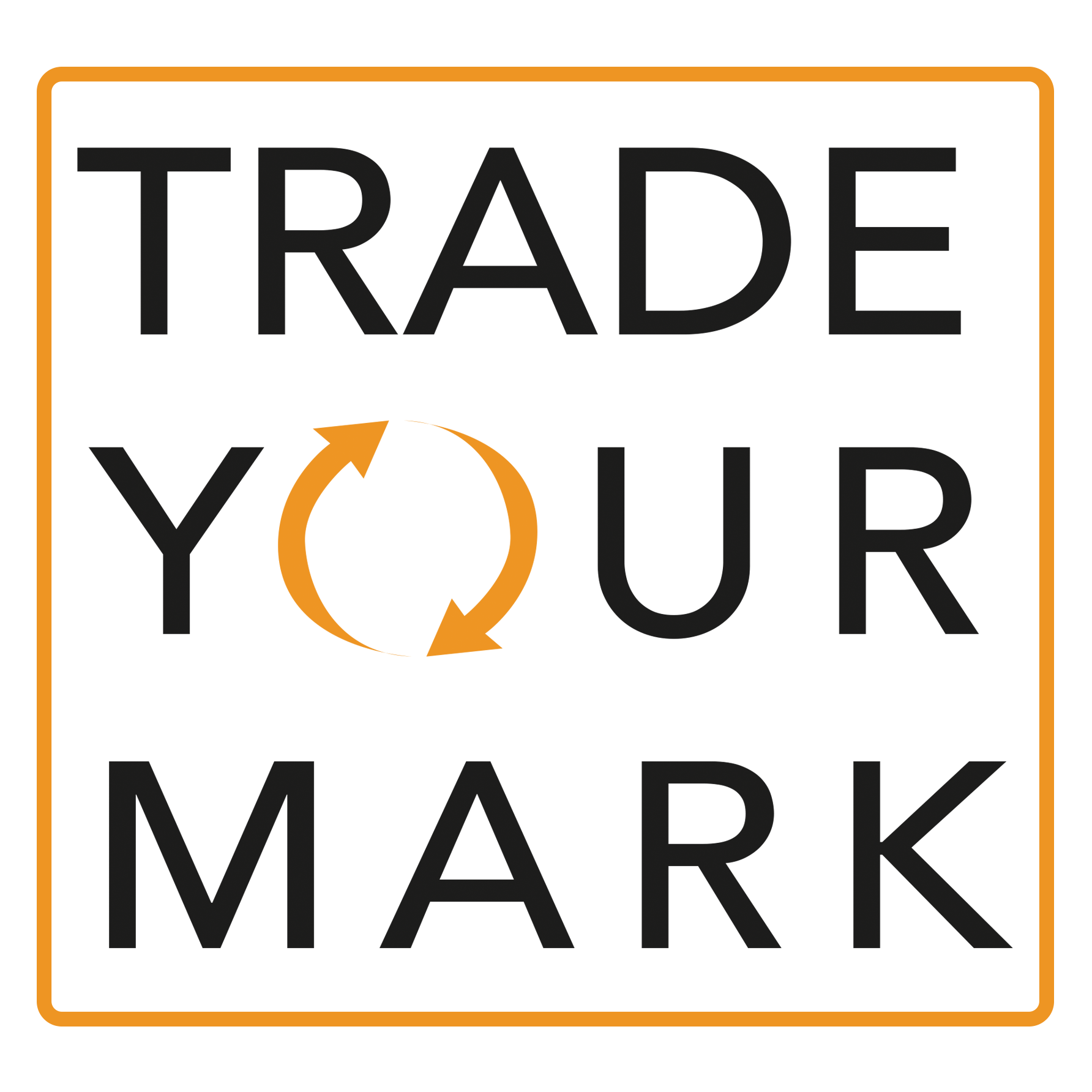TradeYourMark®’s mission is to give a second life to dormant or redundant trademarks. We work for clients who want to buy brands which have been famous in the past but have disappeared. This short article shows how value can be created by buying and relaunching “sleeping beauty” fashion brands.
How an Indian retail giant created a billion-dollar business by relaunching and developing vintage European “sleeping beauty” fashion brands
A European looking at the most famous fashion brands in India, will see global names like Adidas or Calvin Klein. He will also find unfamiliar European sounding names like “Peter England”, “Allen Solly” and “Louis Philippe”. At a first glance these brands seem to be purely Indian. They are owned by the large conglomerate Aditya Birla, which has its headquarters in Mumbai. The preference of some Indian customers for international brands has been much debated. It is sometimes attributed to the prestige of having visible international brands or to their reputation of quality. So it might be assumed that Aditya Birla has created European-sounding brands to take advantage of this preference. The reality is more complex. It provides some priceless insights into how a brand can be amazingly durable whilst its identity mutates and transforms.
The long history of 3 British fashion brands
The companies which created these brands are all British and their roots go back to the 18th century. They have a long and rich history with many twists and turns along the way. So many that it is hard to be completely sure about some elements of the story.
- “Peter England” shirts were initially called “Old England”. They were produced by Hogg & Mitchell in a factory built in Derry, Northern Ireland in 1898. They were the main suppliers of the British Army during the Boer War. In 1957 the brand name was changed to Peter England.
- The “Louis Philippe” brand does not seem to have any French connection despite being named after a French king. It was developed by the textile firm The Welch Margetson, which was established in 1832. The Louis Philippe trademark only seems to have been registered in 1973. However, their shirts were already being promoted in the 1950s and 60s.
- “Allen Solly” is the oldest of the brands with a history claimed to go back as far as 1744. The actual firm Allen, Solly & Co was founded in 1832 in Nottingham. By the second half of the 19th century, they had a reputation for high quality hosiery and underwear. They exported to many parts of the world. In 1888 Allen Solly built a factory in Arnold on the outskirts of Nottingham.
The decline of the British textile industry after the second world war
The post-war period saw a flurry of mergers and acquisitions in the UK textile industry. By the 1960s the Peter England and Allen Solly brands were both owned by Viyella International. Further mergers led to Carrington Viyella and then Coats Viyella owning Allen Solly, Peter England and Louis Philippe.
By the 80s and 90s the British textile industry was under pressure. Once one of the key industries driving the Industrial Revolution, it was no longer competitive at a global level. The Thatcher era killed off much of what was left. By the late 1990s Coats Viyella was struggling and in 2000 it decided to exit the clothing business.
The second life of Louis Philippe, Allen Solly and Peter England
In 2000, Coats Viyella sold the global rights for some of its brands to Aditya Birla Fashion and Retail (ABFRL). ABFLR have since made further acquisitions and increasingly struck partnerships with international firms such as Ralph Lauren and Galeries Lafayette. However, Louis Phillipe, Allen Solly and Peter England remain central to their offer. Peter England has over 600 exclusive branded outlets and presence in more than 2,000 multi-brand outlets and shop-in-shops. It also has significant sales online.
Today, these brands are Indian driven and the British industrial history which created these brands is fading from memory. The Hogg and Mitchell shirt factory in Derry was converted into residential apartments in 2000. The Allen Solly factory in Arnold has been partially dismantled, with the rest protected because it is a heritage building.
Even if the details are forgotten, the brand history is undoubtedly important for Aditya Birla. The fact that Allen Solly dates back to 1744 is prominently displayed on their stores in India. Key facts from the brand history are included in their public relations material. The connection between a 21st Century Indian retail giant and firms founded in Britain during the Industrial Revolution may seem tenuous. But some part of the “brand DNA” has been retained along the way.
Creating value by giving a second life to brands
At each stage along the journey, there was brand value which could be monetized by the old owner. Coats Viyella wanted to exit the traditional clothing business. They were able to monetise their brand value and invest in new ventures.
For Aditya Birla, the value of buying and relaunching these brands was spectacular. They acquired them for USD 2.26m in 2000. In 2023, ABFRL had a turnover of close to USD 900m from its Lifestyle Brands, those for which the rights were acquired in 2000. It implies a brand valuation of something like USD 500m. This is more than 200 times the price originally paid for the brands. Naturally they have had to invest in these brands over the last 24 years. But have undoubtedly achieved a fantastic return on their original investment.
Many more Indian, Chinese and other international firms have realised the potential of European legacy brands and achieved similar successes. Not every newly acquired brand will prove as big as a success as Peter England, Louis Philippe and Allen Solly. But there is enormous potential to augment brand value in ways which can be profitable for seller and buyer alike.
The expertise of TradeYourMark®
TradeYourMark® was created exactly with the goal of being a catalyst in the process of selling brands:
- from those who no longer have use for them
- to new potential owners who want to develop them.
We work both for trademark owners who want to sell them and companies seeking to buy brands.
- We are working with European and Chinese companies who are looking for legacy brands in the cosmetics and perfumes area. We are looking for historic spirits and liquor brands to acquire for clients. We have helped companies in the clothing sector to acquire and relaunch iconic brands.
- We work for European companies seeking to sell trademarks with a long history in the cosmetics, fashion and entertainment areas.
We have a well developed process to analyse the needs of clients looking to acquire trademarks. We identify the trademarks that best fit their criteria. We look for buyers for trademarks we are mandated to sell.

